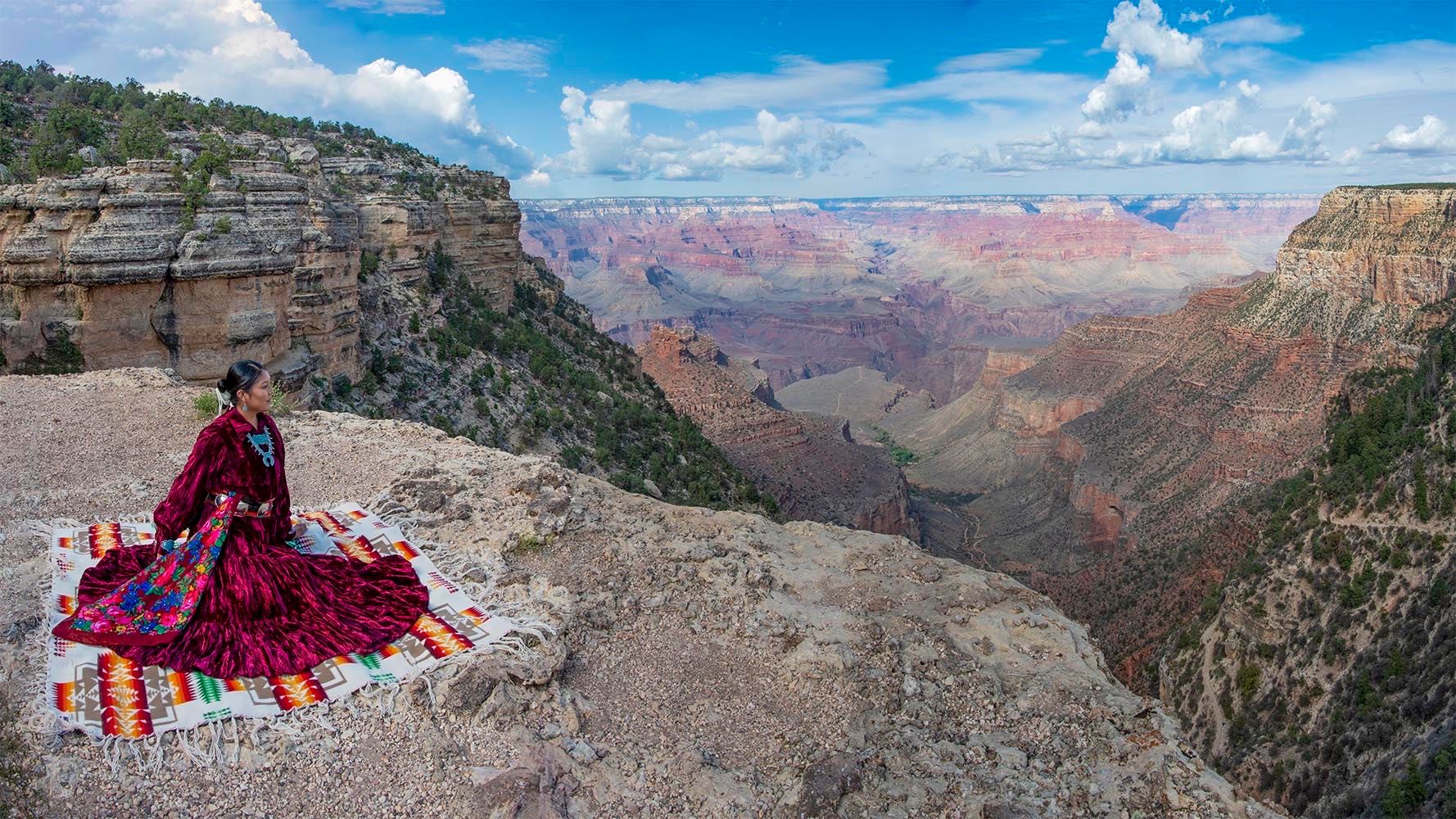AIANTA and the National Park Service spotlight indigenous cultures found within park boundaries
Record-breaking attendance at national parks over the last two years and increased interest in indigenous culture by international travelers has prompted a cooperative agreement between the National Park Service (NPS) and AIANTA. The new five-year agreement will expand opportunities for communication through AIANTA-sponsored virtual and inperson forums between the NPS and Native nations located in national park gateway communities. The resulting collaborations will expand awareness of American Indian, Alaska Native and Native Hawaiian connections along national trails and in national parks throughout the country. The partnership also follows the appointment of Charles F. “Chuck” Sams III as the first Native American to serve as director of the NPS and Deb Haaland as the first Native American Secretary of the Interior.
“We are thrilled to formalize our long-standing relationship with the National Park Service under this agreement,” says Sherry Rupert, CEO of AIANTA. “Our previous partnerships with individual park sites, such as the Juan Bautista de Anza National Historic Trail and the Lewis and Clark National Historic Trail have successfully driven awareness of the tribes located along those sites. We look forward to further growing awareness of tribal tourism opportunities at additional park sites across the country.”
Both organizations realized visitors were increasingly adding national parks to their itineraries due to plentiful outdoor opportunities, and since many tribal lands border or even lie within the borders of current parks, the relationship has proven to be mutually beneficial. “Native American tribes have ancestral connections to public lands that pre-date the formation of the National Park Service by millennia,” adds Rupert. “These wholly unique perspectives can serve as the foundation for one-of-a-kind cultural content for National Park Service sites.”
An already-popular result of the collaboration is the Desert View Inter-Tribal Cultural Heritage Site, which immerses visitors in the perspectives of Grand Canyon National Park’s 11 traditionally associated tribes and showcases artistic and cultural demonstrations. Visitors can learn about the Ancestral Puebloan People at the Tusayan Museum and learn about pottery and jewelry traditions during the Cultural Demonstration Series. The Desert View Watchtower Site also plans to construct an accessible, intuitive Intertribal Cultural Heritage Site that immerses visitors in American Indian life and culture.
More than 70 tribes have also been contacted to lend their voice to the Tribal Stories Along the Juan Bautista de Anza National Historic Trail. Following the path de Anza and his fellow colonists trekked from Mexico to San Francisco in 1776, the project chronicles the Native American communities that continuously inhabited California and Arizona during this period. Visitors traveling the route will be able to view educational webinars for tribes, purchase a print/online guidebook reflecting tribal attractions at key spots along the trail, and utilize a first-of-its kind map elevating indigenous homelands through traditional place names and indigenous sites of significance. A similar project to bring tribal awareness to the forefront of the visitor experience is also underway for the Lewis and Clark National Historic Trail, which will spotlight the native people who lived along the route the famous explorers traveled.

